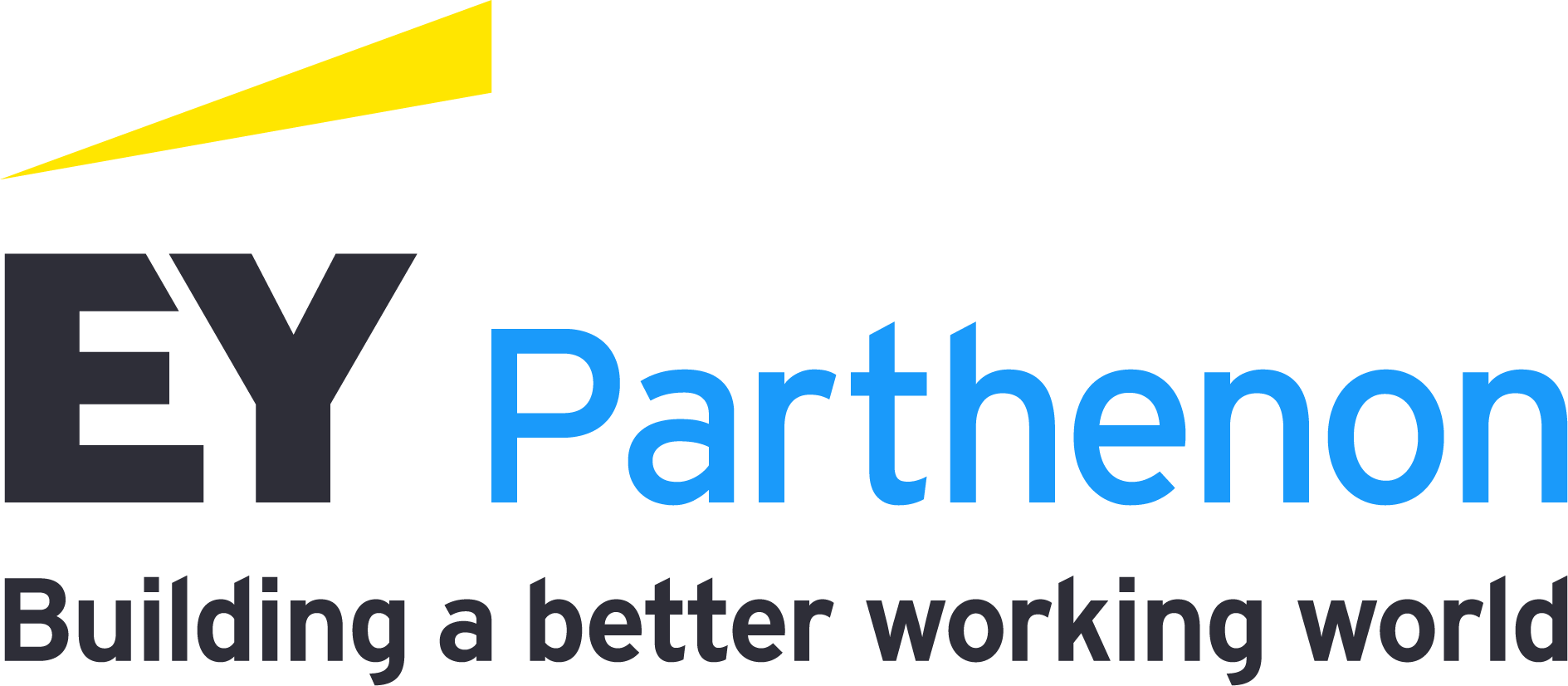Don’t cut without an eye on the future
Before you start, it’s always good to know your destination. Identifying where you might be over or under spending compared to others can immediately cut through the complexity of managing competing priorities and provide a viable roadmap for informed cost optimization. Every company, based on its own strategic outlook, and the relative investment of its peers, will decide where to invest or cut back based on standard, tangible KPIs that they can measure and track.
Identifying these cost and process KPIs and then benchmarking them allows companies to focus on relevant cutbacks that are used to navigate business complexities, make informed decisions, and track the value realized. Such a benchmarking exercise can also help identify additional growth opportunities that can be funded from the cost-saving exercise.
However, we often find organizations focus on extremely short-term gains by using tactical KPIs in their cost management program without considering their strategic value and understanding their cost base compared to other peers.
For example, the EY 2023 CEO Outlook study highlighted that 92% of the consumer company leaders surveyed plan to adapt workforce related initiatives to address economic challenges. These actions include reducing training and development budgets (43%), restructuring, or reducing the employee base (39%) and shifting toward more contract work (35%). Short-term solutions can easily be found in workforce management. However, taking cost out of your workforce without understanding where and how your peers may be acting could lower your ability to deliver on your strategic priorities. This is especially problematic when economic cycles shift, and workforces are too thinly spread to help drive growth.
Invest for strategic efficiency
Following a route that explores cost in the context of your peers will enable some early or quicker wins and get you started on your transformation journey. But the pace of change in the consumer industry means that cost-cutting in isolation runs a risk of future obsolescence. Companies that make cutbacks in response to disruption may find themselves building resiliency today at the expense of agility tomorrow.
Cost optimization initiatives are often cyclical and market-driven, rather than structural changes for sustained cost savings. To address this, organizations need to review their inherent structures, processes and overheads. We analyzed the approach of several leading organizations and discovered that they have kept pace with disruption while pivoting to evolving consumer demands, technological disruption, regulatory and societal shifts by shaping plausible future scenarios based on emerging trends.
Examples from companies taking these actions include developing digital supply chains to simplify the end-to-end process, as well as building flexible sourcing strategies to drive down procurement costs and deliver manufacturing agility. Other examples such as hyper-automation, applying artificial intelligence (AI) and analytics, and focusing on personalized experiences for consumers and talent, are all driving fundamental cost savings.
Understanding your organizational DNA to explore future models
Successful organizations always try to align their strategies, even cost reduction programs, to support their long-term vision. This involves understanding your organizational DNA, the traits that your business has today and what you need to thrive tomorrow.
Benchmarking against industry peers is a crucial step in identifying savings opportunities, but even among closely defined industry peer groups, the factors that define current and future success of an enterprise can differ. A soft drinks company focused on delivering affordability may have very different organizational traits to a similar company that focuses on speed and convenience, or one that focuses on personalization and experience. All will operate in the same categories but will apply different measures to deliver success.








